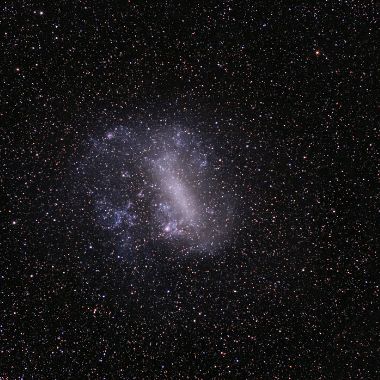The most widely used classification scheme for galaxies is based on one devised by Edwin P. Hubble and further refined by astronomer Gerard de Vaucouleurs, who uses the three main types:
In this age of multi-wavelength observing, astronomers are able to learn more about galaxies by breaking down the galaxies into sub-sections based on various characteristics such as a galaxy’s star formation rate and its stars’ spectral range.
Spiral Galaxies

Spirals are the most common form of galaxies and you will find them all over the universe, including in our Milky Way Galaxy. The spiral shape is a large disk made up of stars that rotate around its center along with nebulae then surrounding it with dark matter. It also can have bright regions which creates what we know as “galactic bulges” at their core, while there often is an array above or below these disks called halos consisting mostly out of star clusters that sway among themselves orbiting on spiraling paths like they’re partaking in some sorta cosmic dance party!
Spirals with bright bands of stars cutting across their central sections are called “barred spirals.” The majority of galaxies have these bars, and astronomers study them to understand what function they play within the galaxy. In addition to bars, many spiral galaxies may also contain supermassive black holes in their cores. Subgroups can be identified by characteristics such as bulges or how tightly wound arms are around a center point.
Elliptical Galaxies

The elliptical galaxies that are found largely in galaxy clusters and smaller compact groups, like the Milky Way’s satellite M31 (the Andromeda Galaxy) have a roughly egg-shaped appearance. The largest ones contain old stars which make up most of them with little new star formation occurring in these objects due to their lack of gas or dust clouds for creating new stars.
Ellipticals can have as few as a hundred million to perhaps a hundred trillion stars, and they range in size from small enough for you could walk across it’s diameter with your arms outstretched all the way up to more than ten times that. The largest elliptical has been dubbed “The Great Elliptical.” Astronomers now suspect every one of them contains an enormous black hole at their center related to the mass of its galaxy itself.
Messier 87 is an example of a galaxy with an elliptical shape. There are subgroups within the ellipticals, including “dwarf ellipses” which have properties that put them somewhere between regular ellipticals and globular clusters – tight packs of stars at the center.
Irregular Galaxies

Irregular galaxies are as their name suggests: irregular in shape. The best example of an irregular that can be seen from Earth in the Small Magellanic Cloud, which has a spiral-like appearance but does not have enough structure to make it officially a galaxy type (which is why they’re called “irregulars”).
Scientists have discovered that some galaxies may be up to 13.5 billion years old and are still giving off the light! These dwarf irregulars show the same structures as ancient ones, but they’re much smaller in size. They might even help us understand why these early galaxies formed so quickly after their creation date because of how similar they look!
